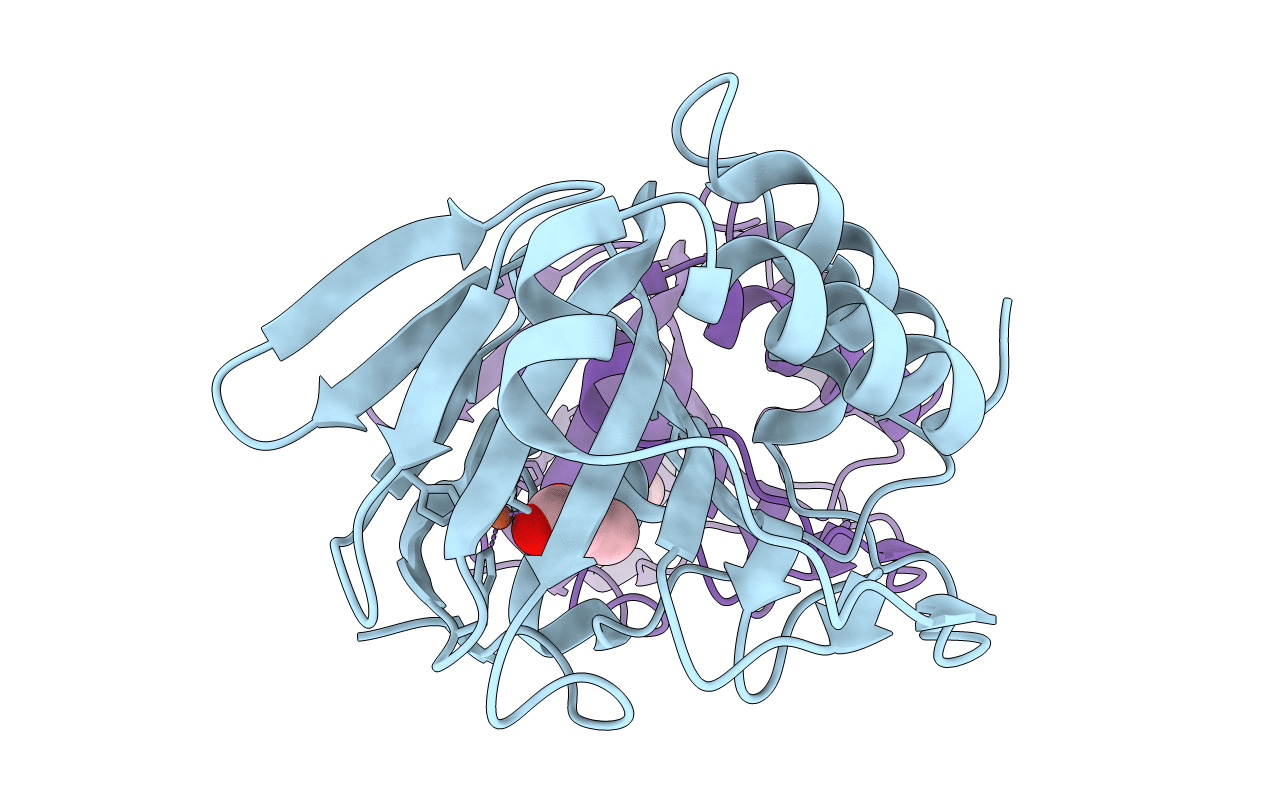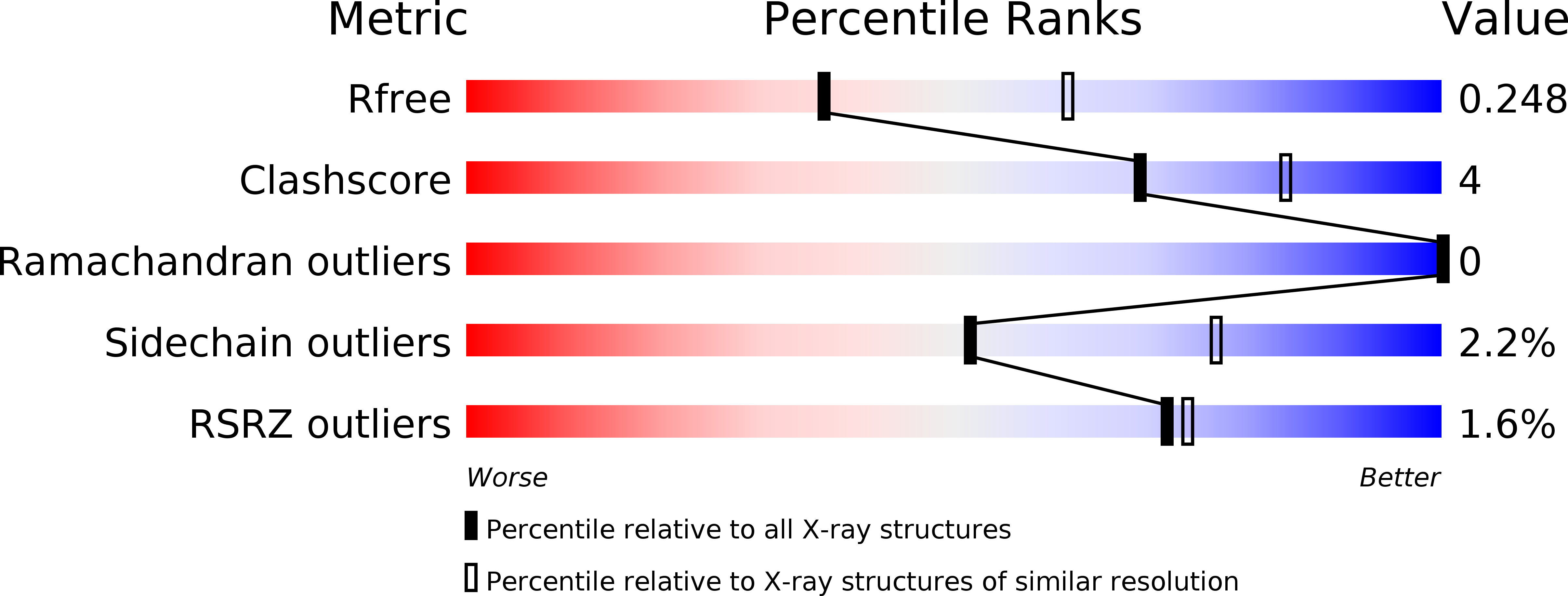
Deposition Date
2016-05-09
Release Date
2017-02-22
Last Version Date
2023-09-27
Entry Detail
PDB ID:
5JSR
Keywords:
Title:
New Mechanistic Insight from Substrate and Product Bound Structures of the Metal-dependent Dimethylsulfoniopropionate Lyase DddQ
Biological Source:
Source Organism:
Host Organism:
Method Details:
Experimental Method:
Resolution:
2.50 Å
R-Value Free:
0.24
R-Value Work:
0.21
R-Value Observed:
0.21
Space Group:
P 21 21 21


